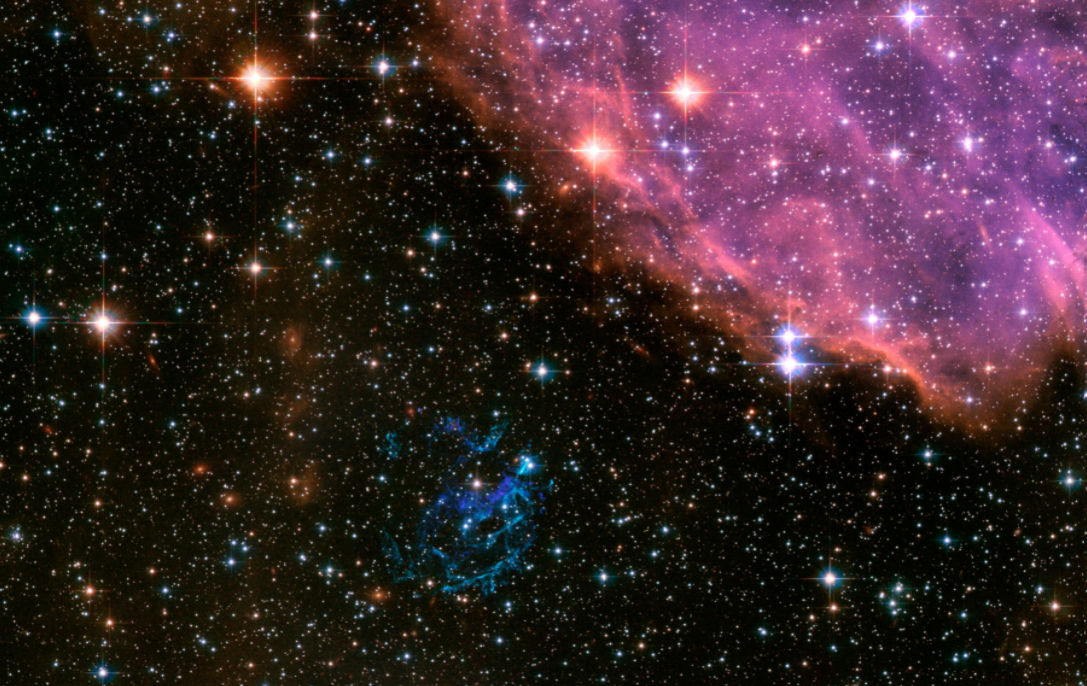Scientists on Wednesday published a paper confirming that NASA‘s Hubble Space Telescope had spotted a star a record 12.9 billion light years away, making it the most distant star ever observed by humankind.
The star, nicknamed Earendel (meaning “morning star” in Old English) by astronomers, emitted the light captured by Hubble less than one billion years after the formation of the universe around 13.8 billion years ago.
The previous record for the most distant star ever observed was held by Icarus (officially known as MACS J1149+2223 Lensed Star 1), also discovered by Hubble in 2018. However, in comparison to Earendel, the light captured from Icarus indicated that it formed when the universe was around 4 billion years old, roughly 30% of its current age.
Also read | What happens to our brains in space? Israeli startup aims to find out
Earendel’s discovery was confirmed in a paper published on March 30, 2022, in the peer-reviewed journal ‘Nature’.
“We almost didn’t believe it at first, it was so much farther than the previous most-distant, highest redshift star,” NASA quoted astronomer Brian Welch of the Johns Hopkins University in Baltimore as saying. Welch is the lead author of the paper that confirmed Earendel’s discovery.
“Normally at these distances, entire galaxies look like small smudges, with the light from millions of stars blending together, Welch explained, highlighting the difficulty of detecting such distant cosmic objects.
Also read | Without Russia, science going solo on world’s woes, dreams
So what is the significance of the discovery?
“Earendel existed so long ago that it may not have had all the same raw materials as the stars around us today,” Welch said.
“Studying Earendel will be a window into an era of the universe that we are unfamiliar with, but that led to everything we do know. It’s like we’ve been reading a really interesting book, but we started with the second chapter, and now we will have a chance to see how it all got started,” the astronomer explained, highlighting that the discovery could provide hitherto unseen insights into star formation in the early cosmos.







